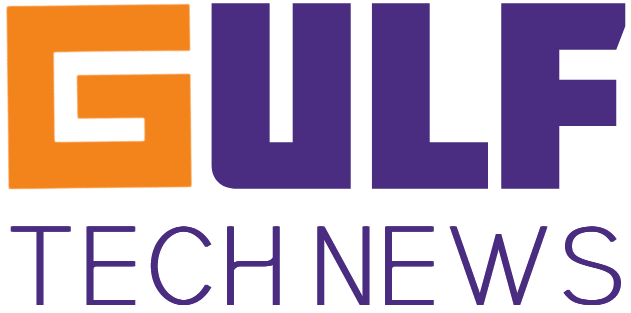Game, Set & Match to AI: Technology adoption in tennis and beyond
a technology portfolio manager at Janus Henderson Investors, explores what businesses, investors and employees can learn from technology disruption in tennis
2025 marks a historic change for the Wimbledon Championships. For the first time in 147 years, human line judges have been replaced by electronic line calling (ELC) technology. Reaction among players and spectators so far has been mixed, with ELC-related issues dominating sports headlines this week.
ELC is the latest evolution of Wimbledon adopting new technology. Like many technology adoption curves, the rate of change is exponential as for the first 130 years of the championships, hardly any technology was used. The introduction of Hawk-Eye in 2007 provided oversight to the 300-plus line judges that helped officiate.
18 years later, even at the most traditional of venues, we are now at the point of technology completely replacing a role with a storied history stretching back well over a century. While this is part of a wider technological revolution in the sport of tennis, it also provides insights into the wider debate around the AI revolution, and the risk of replacing many human jobs.
Technology can alter human behaviour
The statistical nature of tennis, the black-and-white nature of line calls, with technology and humans performing the same task over many years, across millions of shots, provides a swathe of data to analyse the impact of technology on human performance and productivity.
David Almog, a behavioural economist at Northwestern University, analysed nearly 100,000 points in 700 matches globally before and after the Hawk-Eye ball tracking system was introduced on tour in 2006. His paper published last year provided some interesting insights into how humans interact with a new technology in their jobs.
Almog found that Hawk-Eye oversight drove human officials to up their game and make 8% fewer mistakes than before the technology was introduced. Interestingly, however, in one area, human accuracy deteriorated significantly: serves landing 20mm either side of the line.
Prior to Hawk-Eye’s introduction, human line judges were more likely to call a serve out when it was in, but post Hawk-Eye they were much less likely to call serves out by a statistically significant degree. For every 100 mis-hit serves, 26 were left unchallenged prior to introduction, but that soared to 39 when Hawk-Eye was used.
Almog’s hypothesis was that human behaviour shifts in the face of new technology. Letting serves through reduced the risk of calling a legitimate serve out, which creates reputational risk and potential dissent from players, or the crowd. Knowing that technology was there as a safety net radically altered the behaviour of human line judges and how they performed their job.
AI is your partner not your opponent
In the world of sport, the debate around the introduction of technology can be passionate, but ultimately is less impactful to our everyday lives. However, AI algorithms are being used in ever more areas. They are, and will, have much more profound influences on how we work and what work we do.
Workflows will need to be reimagined in an AI world, along with the resultant legal and regulatory responsibilities. We have already seen challenges to AI algorithms being used in recruitment or in autonomous vehicles.
But as AI usage proliferates in many white-collar industries such as law and medicine, we move into the realm of real life and ultimately, in extreme cases, actual – rather than proverbial – life and death.
The recent EU AI Act is an initial attempt to encompass some of these new algorithmic challenges into regulation, while in California attempts to pass an AI Safety Bill have proved contentious and ultimately unsuccessful.
So while we are enjoying another magical Wimbledon Championships and cheering on the players, some of whom will again be sponsored by Janus Henderson this year, take a moment to think about the changes technology is driving in the sport, and what we can learn to better understand how humans will partner with AI in the years ahead.
Investor advantage: active management
From an investment perspective, understanding this radical technological inflection, the companies that are best placed to adapt to these changes and are implementing the right strategies are key to identifying the leaders of the AI era ─ which we expect to also dominate the stock market.
It is our responsibility as stewards of investors’ capital to engage with these companies in this journey to help them develop this technology responsibly and to navigate the inevitable regulatory challenges.
Ultimately, we view AI as a solution to the world’s demographics challenges, notably an ageing population, a shrinking workforce, enhancing productivity as well as the value of jobs. We see this as akin to the introduction of ATMs in the banking industry in the 1960s, but that does not preclude niche areas of major job displacement…line judges being a case in point.




